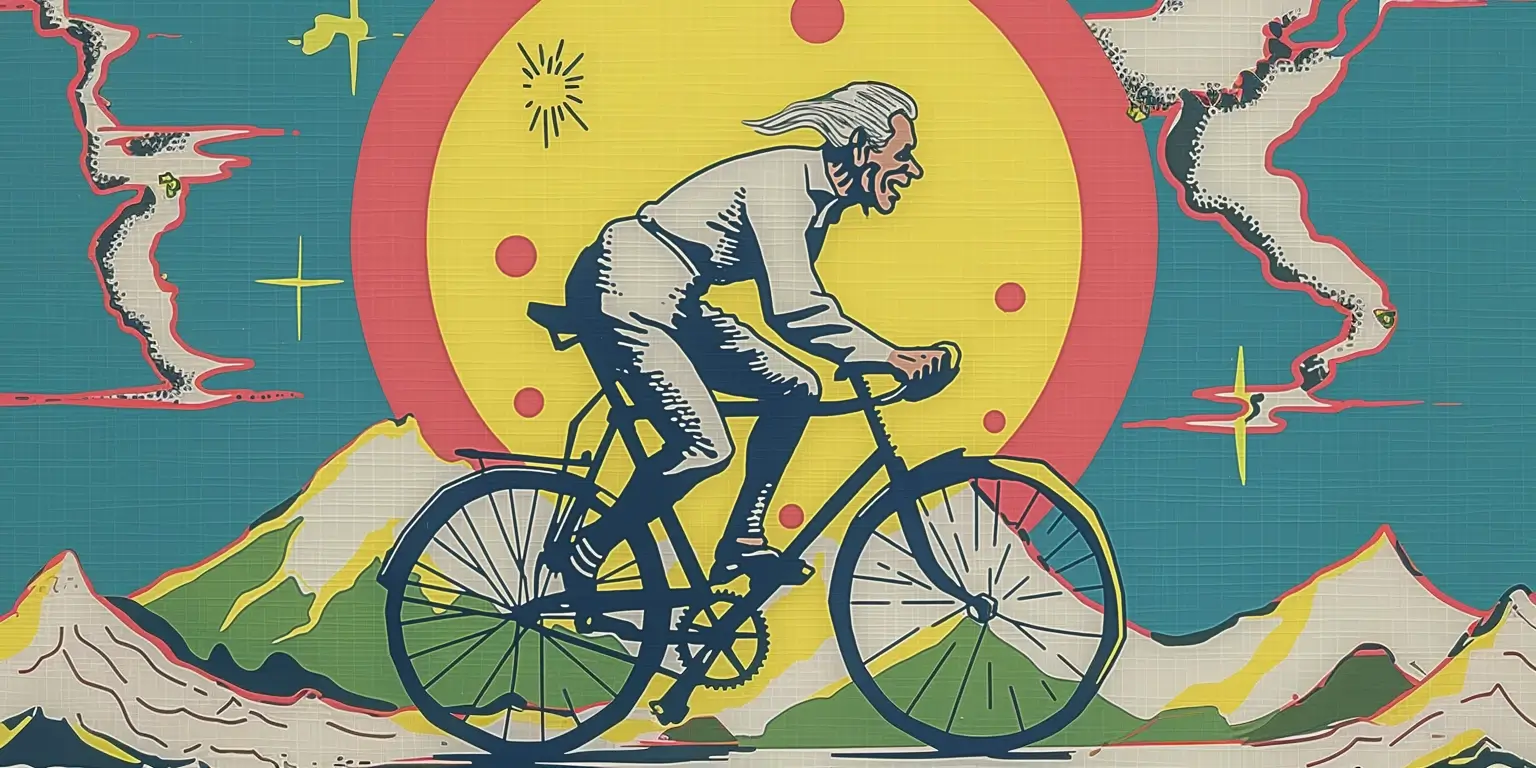“Medicine for the soul,” is how Albert Hofmann, the Swiss chemist who discovered lysergic acid diethylamide (LSD), described the iconic psychedelic compound in his memoir LSD: My Problem Child. So powerful that it’s measured in mere micrograms (that’s a thousandth of a milligram), LSD — colloquially known as acid — is the quintessential psychedelic. The iconic harbinger credited with propelling the counterculture of the 1960s and 70s. For decades before the feds outlawed it, acid had become a valuable therapy aid, a promising scientific research subject, a “truth serum” in the CIA’s toolbox, and a primary ingredient in the kool-aid that spawned a generation of political and social revolutionaries.(1)
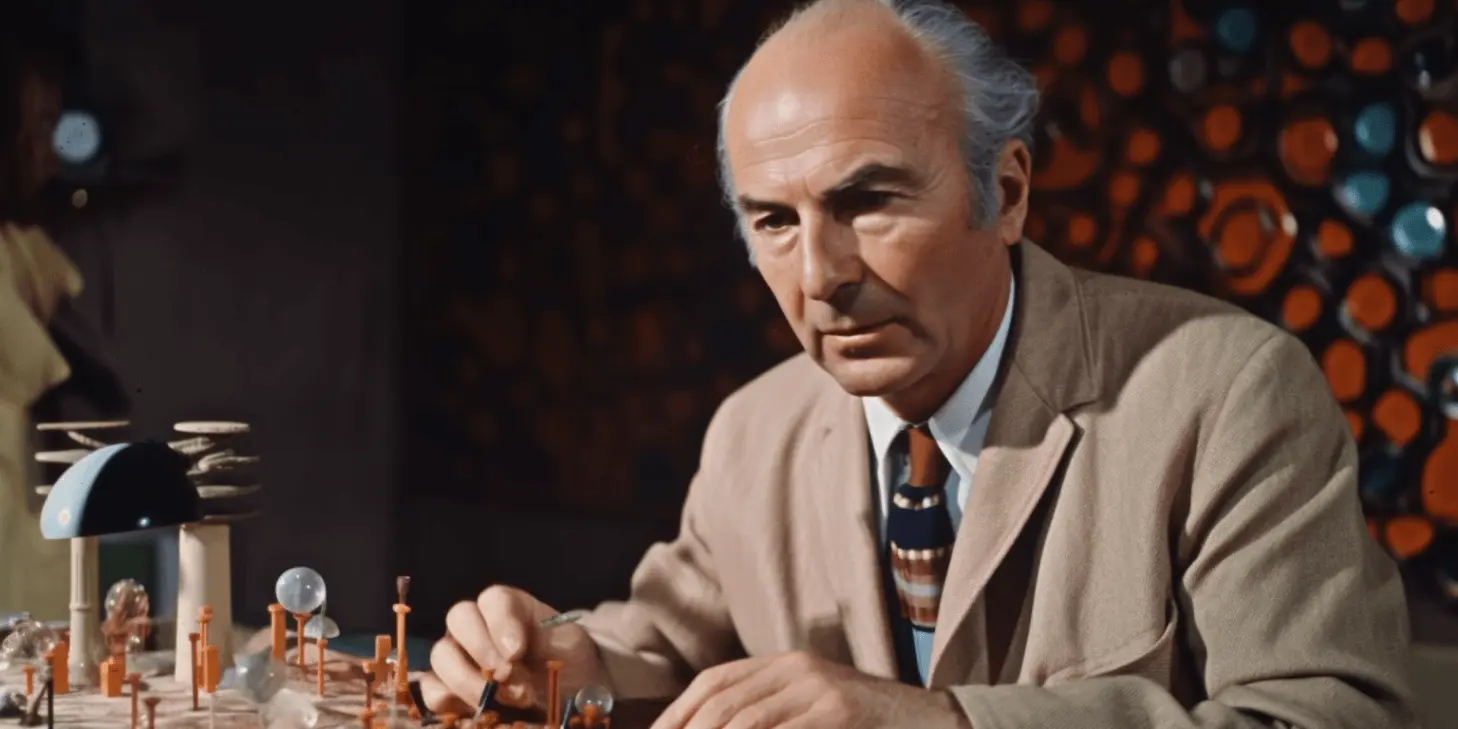
LSD: The Stuff of Dreams or Nightmares?
Once described as “Dream Stuff” by TIME Magazine in a 1954 article about LSD-assisted psychotherapy, acid garnered a storied reputation as the years wore on. The stuff of waking dreams and nightmares, LSD was also blamed for a wave of psychotic illness when TIME changed its tune some dozen years later in an article entitled, “An Epidemic of Acid Heads.” When LSD evangelist and former Harvard researcher Dr. Timothy Leary encouraged flower children across the country to “turn on, tune in, and drop out,” President Richard Nixon soon dubbed him, “the most dangerous man in America.” The government ultimately condemned acid as a criminal drug confined to Schedule I of the Controlled Substances Act. Research screeched to a halt — but underground use continued to flourish, inspiring world-changing free-thinkers from John Lennon to Steve Jobs.
At times unpredictable and unmanageable, often transcendent and sometimes terrifying, or blissful and bewildering, LSD has stood the test of mystery — and prevailed. It’s proven itself as a chemical chameleon, nothing short of downright mystical.
While today, compounds like psilocybin and MDMA are winning the race to legalization in clinical trials and psychedelic-assisted psychotherapy, LSD, to a lesser extent, has also become a focal point of the “psychedelic renaissance.” A beloved substance to microdose among techies in Silicon Valley, a compelling curiosity to researchers at London’s Imperial College, and a steadfast favorite among the “heads” at Phish and Dead shows. But as LSD re-enters the mainstream discourse, the question remains: Will it ever be demystified, or will it continue to confound and mesmerize us for generations to come?(2)
Keep Up with Uncensored Psychedelic Trends
Join our newsletter at Psychedelics Uncensored.
We respect and protect your privacy. By subscribing your info will be subject to our privacy policy . Unsubscribe easily at any time
Working for Sandoz Pharmaceuticals in 1938, Hofmann became the first person to synthesize LSD from the ergot fungus whilst trying to create a stimulant for respiratory and circulatory issues. It yielded no results at the time, so he set it aside — until April 16, 1943, when he revisited his creation and accidentally absorbed a tiny amount of it into his fingertips. Curious about its subtle intoxicating effects “characterized by an extremely stimulated imagination,” he dosed himself intentionally three days later at 4:20 pm with 250 micrograms of LSD (today, a common, single dose is between 50 to 150 micrograms according to the non-profit education and harm reduction organization Erowid). Realizing soon after he dropped acid that the experience would be intense, he rode his bike home, where he’d finish the trip.
It was nothing short of terrifying and disorienting. Akin, as he wrote, to a demonic invasion. And yet, as the trip wore on, “little by little, I could begin to enjoy the unprecedented colors and plays of shapes that persisted behind my closed eyes,” Hofmann wrote. “Kaleidoscopic, fantastic images surged in on me, alternating, variegated, opening and then closing themselves in circles and spirals, exploding in colored fountains… ” To his surprise, the next morning, he felt better than ever — physically and mentally: “A sensation of well-being and renewed life flowed through me.”(3)
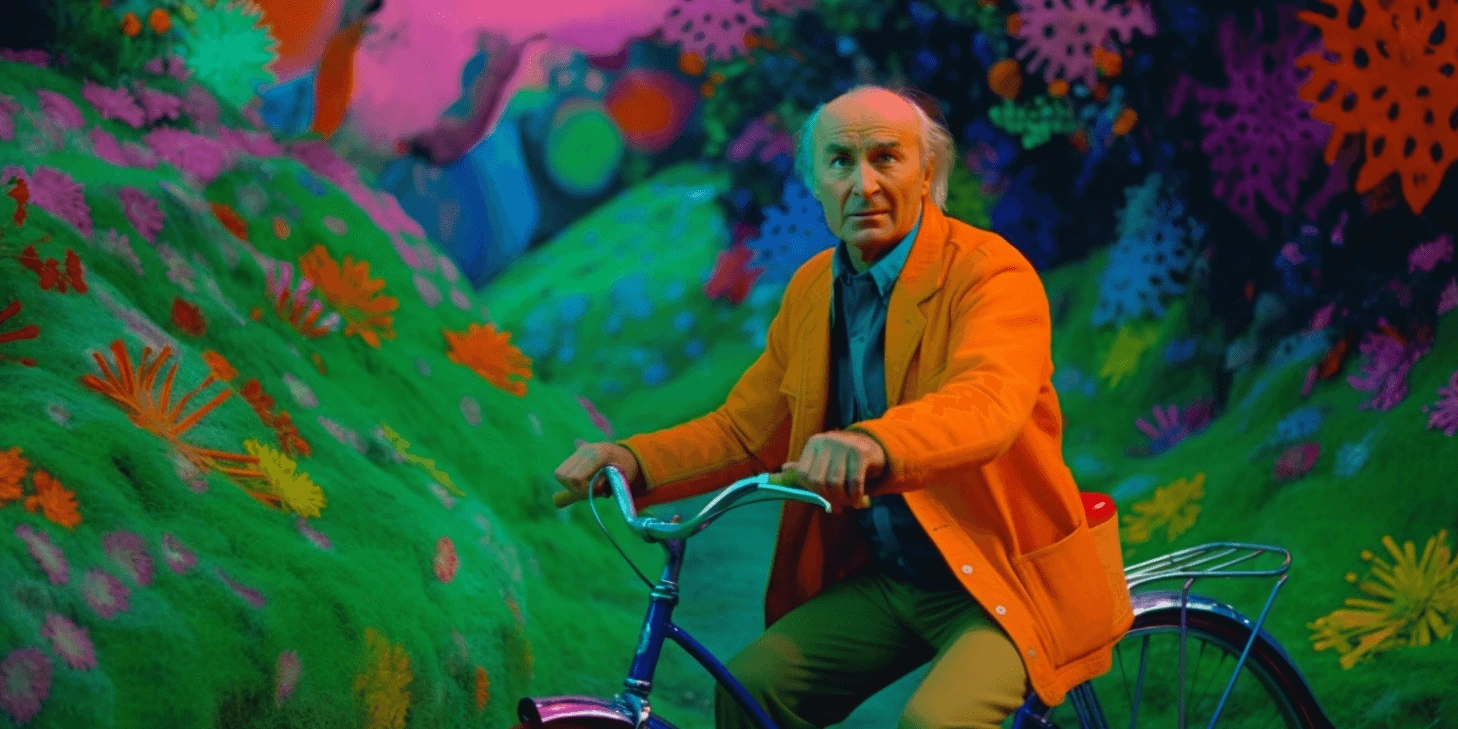
LSD and the Mind
Indeed, physiologically speaking, LSD is one of the safest compounds known to mankind. It’s physically impossible to take a lethal dose of acid, and early research produced “remarkable results,” as described in Martin Lee and Bruce Shlain’s Acid Dreams, with high-dose therapy originally tested on alcoholics in Canada, and subsequently applied to juvenile delinquency, narcotics addiction, and severe character neuroses. Psychiatrists in Beverly Hills even began using it for their clients, such as actor Cary Grant, who stated, “All my life, I’ve been searching for peace of mind. I’d explored yoga, and hypnotism, and made several attempts at mysticism. Nothing really seemed to give me what I wanted until this treatment.”(4, 5, 6)
Today, any simple internet search will yield information speaking to LSD’s vast array of uses in clinical research, exploring its (mostly successful) potential to treat cluster headaches, quell anxiety, provide existential comfort to those facing life-threatening illnesses, enhance empathy, induce a sense of mysticism, circulate oxytocin, increase emotional responsiveness to music, and so on.(7, 8, 9)
Yet, acid — like any psychedelic drug, really — can be tricky. The very title of Aldous Huxley’s essay Heaven and Hell, which came as a follow-up to his seminal essay The Doors of Perception, captures this sometimes dichotomous energy well, speaking to the highs and lows of the psychedelic experience. LSD can indeed be “horrendous” for some, for reasons both known and unknown, Dr. Sidney Cohen wrote in a previously unpublished volume, LSD: A Journey Into the Asked, the Answered, and the Unknown (co-written with Lawrence Schiller and Dr. Richard Alpert a.k.a. Ram Dass).
According to Cohen, a psychiatrist who pioneered LSD research in the 1950s, some of the known reasons for this include “difficulty ‘letting go’” when it comes to ego dissolution, “personality structural disorders” (particularly schizophrenia, but also any “repressed, buried, hurtful memories”), and a “chaotic or confusing setting.” In other words, LSD isn’t suited for all brains or all occasions. In some cases, it may reveal painful memories, or challenge a person’s sense of self and reality. Without proper preparation, care, and support, this can be destabilizing.
Keep Up with Psychedelic Trends
Get uncensored psychedelic news, events, and updates. Join Psychedelics Uncensored!
We respect and protect your privacy. By subscribing your info will be subject to our privacy policy . Unsubscribe easily at any time
LSD’s “Bad Rap” and What We’re Missing by Not Studying It
The thing is, however, these risks are not unique to acid. Any psychedelic — including psilocybin, which is likely on its way to becoming legal in psychedelic-assisted psychotherapy — has the capacity for great healing, but also psychosis and other psychological disruptions or unsettledness. Though, the latter link may be tenuous, as new research has recently countered the thesis that LSD and other psychedelics cause psychosis. Still, psychedelic experiences can certainly be challenging, and should be entered into with care (or in some cases, not at all), particularly for those with pre-existing conditions.(10)
The difference between psilocybin and LSD is that the latter carries much more stigma — thanks in part to its mass dissemination during the countercultural revolution — and is, therefore, less likely to become legalized anytime soon within the United States. That only means a missed opportunity to explore, in depth, the potential of one of the most complex, dynamic, and promising psychedelics. Even in the event that it could trigger mental unwellness. In fact, for that reason alone, LSD has been shown to help scientists better understand psychological dis-ease.(11)
Furthermore, scientists have only begun to chip away at the tip of the iceberg. Neuroimaging only goes so far, says psychoneuropharmacologist Zeus Tipado, Ph.D. candidate at Maastricht University. As a classic psychedelic, like psilocybin or DMT, LSD acts on the serotonin receptors — however, as Tipado points out, the majority of the body’s serotonin receptors are in the gut, rather than in the brain.(8)
As “the single most potent psychedelic out there,” its very potency, he suggests, is what “defies our own understanding.” On paper, at least, LSD touches the same receptor profile that any other psychedelic does, including MDMA (which is a phenethylamine rather than a tryptamine—the classic psychedelic category), but of course, yields vastly different results. And due to the prevalence of serotonin in the gut, researching the effects of LSD (and other psychedelics) just on the brain is a “baffling” oversight, Tipado says, as it only tells us a fraction of the story.(8)
While any psychedelic could potentially help with a number of conditions, he continues, acid is uniquely positioned in that, in contrast to psilocybin, it shows a great deal of activity in the visual cortex. This means that “the threshold to experience visual information with LSD is higher than psilocybin,” Tipado explains, noting that any psychedelic may produce visual patterns or hallucinations. (This effect, however, is strongest with DMT).
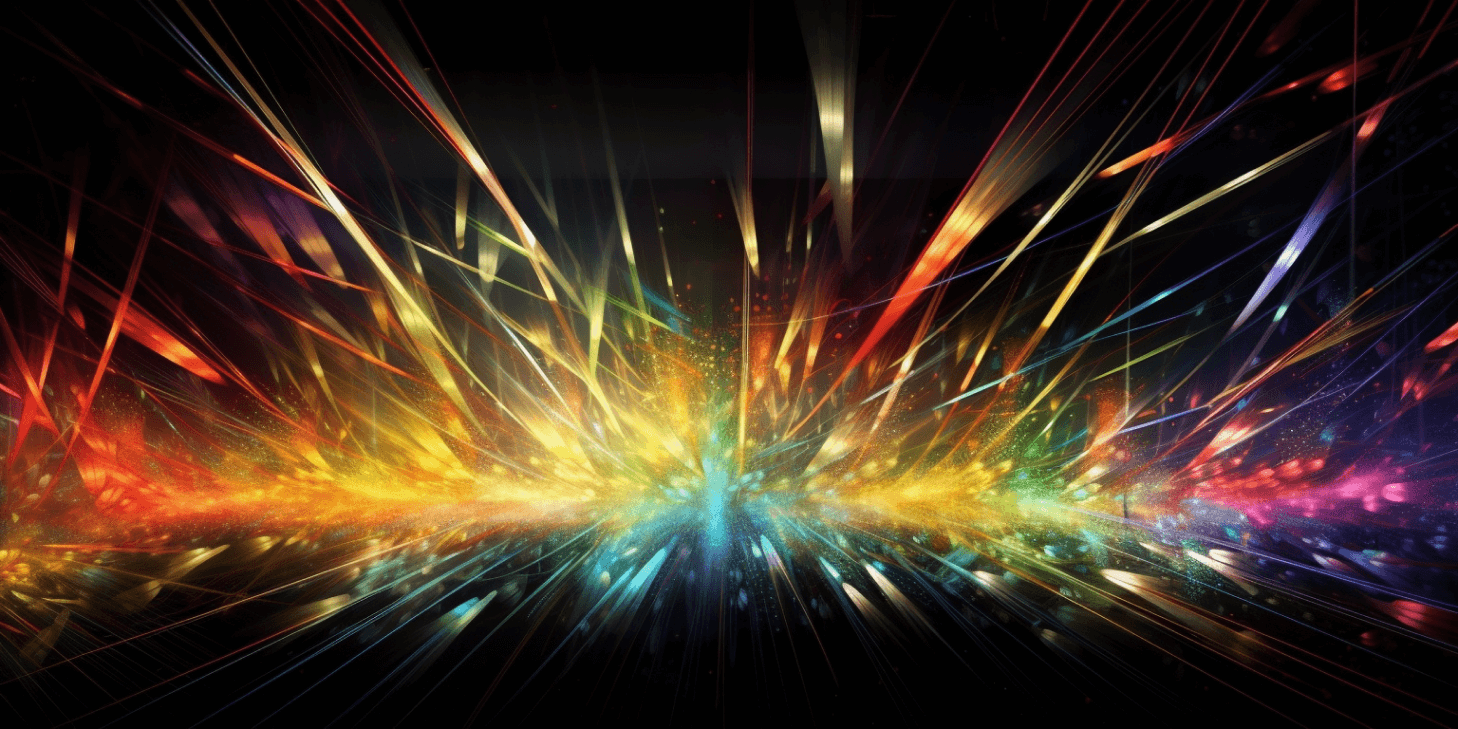
LSD also increases functional activity in the thalamus, a neuronal processing plant that is first to receive visual and auditory information before passing it on to other parts of the brain. Under the influence of acid, however, the wiring between the thalamus and the brain’s other regions may get a bit jumbled, contributing to effects like synesthesia (hearing colors, seeing sounds). This effect is interesting because it significantly impacts how our brains perceive colors and sounds. So studying these anomalies may teach us something about how we perceive reality. LSD also increases brain activity across many different regions. This may, in part, be what makes LSD so useful in a therapeutic setting.(12)
LSD’s ability to send brain connectivity into overdrive may make it a promising adjunct to therapy. An aggregate study that examined 11 clinical trials and studies found that LSD was highly effective as an adjunct in the treatment of quite a few mental health conditions. They include alcohol use disorder, heroin use disorder, end-of-life anxiety, depression, anxiety, and psychosomatic diseases. With the caveat being that LSD is massively under-studied in modern times. The few well-designed studies that have been done highlight just how important it is to pursue further research into the many potential uses of the “Grandfather of Psychedelics.”(13)
Furthermore, Tipado points out that due to its original synthetic nature, LSD is the only classic psychedelic that hasn’t gone through a process of colonialism. And, it’s not organic, unlike psilocybin mushrooms, DMT-containing plants like the components of ayahuasca, or mescaline-containing cacti. Acid can, however, be equally responsible for a mystical experience.
The mystical state is defined by a loss of self and feeling at one with the universe, dissolution of time and space, a sense of awe, and feelings of love, bliss, and ecstasy. It’s an experience that cannot be adequately described with words. “The mystical event is a potent one and may transform the life of the person, those around him, and his culture,” Cohen writes. “Very often these changes are beneficial; the person may cease a pernicious behavior pattern.” He’s observed that many features of the mystical state have been encountered in LSD reactions.(14)
Perhaps, describing the mystery and potential of LSD is best left to the poets rather than the scientists. As poet Octavio Paz described in Alternating Current, “The self disappears, but no other self appears to occupy the empty space it has left. No god but rather the divine. No faith but rather the primordial feeling that sustains all faith, all hope. Peace in the crater of the volcano, the reconciliation of man — what remains of man — with total presence.” It’s this mode of consciousness that holds the promise of LSD to heal.
Sources

1. ACLU v. CIA – FOIA Case for Records Referenced in or Implicated by the Declassification of the Senate Torture Report (2015 Torture FOIA). (n.d.). American Civil Liberties Union. Retrieved March 22, 2023, from https://www.aclu.org/cases/aclu-v-cia-foia-case-records-referenced-or-implicated-declassification-senate-torture-report
2. MAPS. (2022, July 27). Statement: Biden Administration Preparing for Potential FDA Approval of MDMA-Assisted Therapy for PTSD. Retrieved March 10, 2023, from https://maps.org/2022/07/27/statement-biden-administration-preparing-for-potential-fda-approval-of-mdma-assisted-therapy-for-ptsd/
3. First LSD Hallucination: April 16, 1943. (n.d.). Multidisciplinary Association for Psychedelic Studies – MAPS. Retrieved March 22, 2023, from https://maps.org/news/media/first-lsd-hallucination-april-16-1943/
4. Nichols, D. E., & Grob, C. S. (2018). Is LSD toxic? Forensic Science International, 284, 141–145. https://doi.org/10.1016/j.forsciint.2018.01.006
5. Lee, M. A. (1985). Acid Dreams: The CIA, LSD, and the Sixties Rebellion.
6. The Curious Story Behind the New Cary Grant (Look magazine, 1959). Trippingly. Retrieved March 22, 2023, from https://www.trippingly.net/lsd-studies/the-curious-story-behind-the-new-cary-grant
7. University Hospital, Basel, Switzerland. (2022, May 4). Safety and Efficacy of Lysergic Acid Diethylamide (LSD) as Treatment for Cluster Headache: a Randomized, Double-blind, Placebo-controlled Phase II Study. Clinicaltrials.gov. https://clinicaltrials.gov/ct2/show/NCT03781128
8. Nichols, D. E. (2016). Psychedelics. Pharmacological Reviews, 68(2), 264–355. https://doi.org/10.1124/pr.115.011478
9. Bathje, G. J., Majeski, E., & Kudowor, M. (2022). Psychedelic integration: An analysis of the concept and its practice. Frontiers in Psychology, 13. https://doi.org/10.3389/fpsyg.2022.824077
10. Carhart-Harris, R. L., Erritzoe, D., Williams, T., Stone, J. M., Reed, L. J., Colasanti, A., Tyacke, R. J., Leech, R., Malizia, A. L., Murphy, K., Hobden, P., Evans, J., Feilding, A., Wise, R. G., & Nutt, D. J. (2016). Neural correlates of the psychedelic state as determined by fMRI studies with psilocybin. Proceedings of the National Academy of Sciences, 113(17), 4853-4858. https://doi.org/10.1073/pnas.1518377113
11. Fuentes, J. J., Fonseca, F., Elices, M., Farré, M., & Torrens, M. (2019, November 28). Therapeutic use of LSD in psychiatry: A systematic review of randomized-controlled clinical trials. Frontiers. Retrieved March 22, 2023, from https://www.frontiersin.org/articles/10.3389/fpsyt.2019.00943/full
12. Halberstadt, A. L., & Geyer, M. A. (2018). Effect of hallucinogens on unconditioned behavior. Current topics in behavioral neurosciences, 36, 159-198. https://www.ncbi.nlm.nih.gov/pmc/articles/PMC5787039/
13. Nutt, D., Carhart-Harris, R. L., & Erritzoe, D. (2019). Psychedelic psychiatry’s brave new world. Frontiers in psychiatry, 10, 943. https://pubmed.ncbi.nlm.nih.gov/32243793/
14. Ko, K., Knight, G., Rucker, J. J., & Cleare, A. J. (2022, June 8). Psychedelics, mystical experience, and therapeutic efficacy: A systematic review. Frontiers. Retrieved March 22, 2023, from https://www.frontiersin.org/articles/10.3389/fpsyt.2022.917199/full
This material is not intended as a replacement or substitute for any legal or medical advice. Always consult a medical professional about your health needs. Psychedelics are widely illegal in the United States, and readers should always be informed about local, state, and federal regulations regarding psychedelics or other drugs.
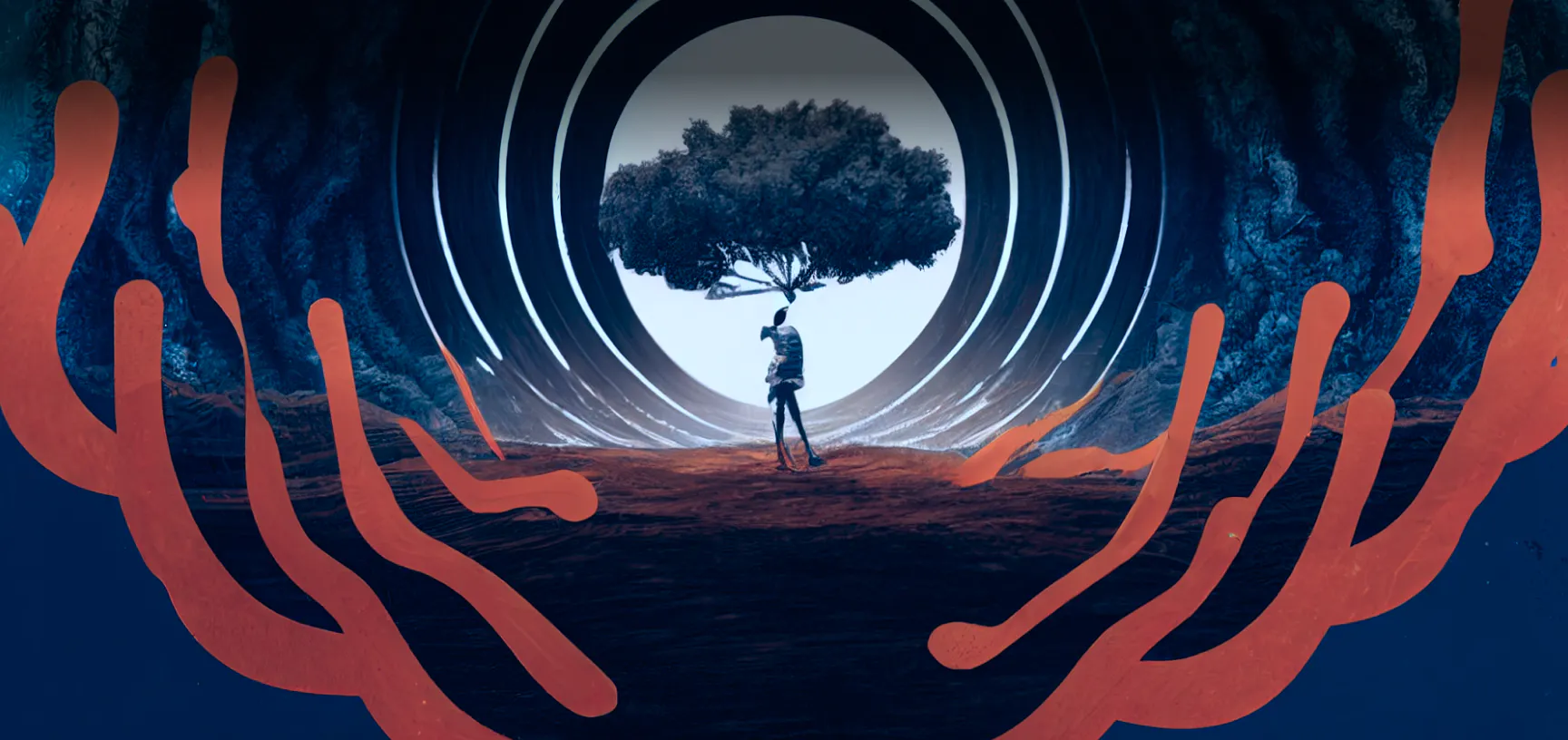
 Madison Margolin
Madison Margolin
 David Connell
David Connell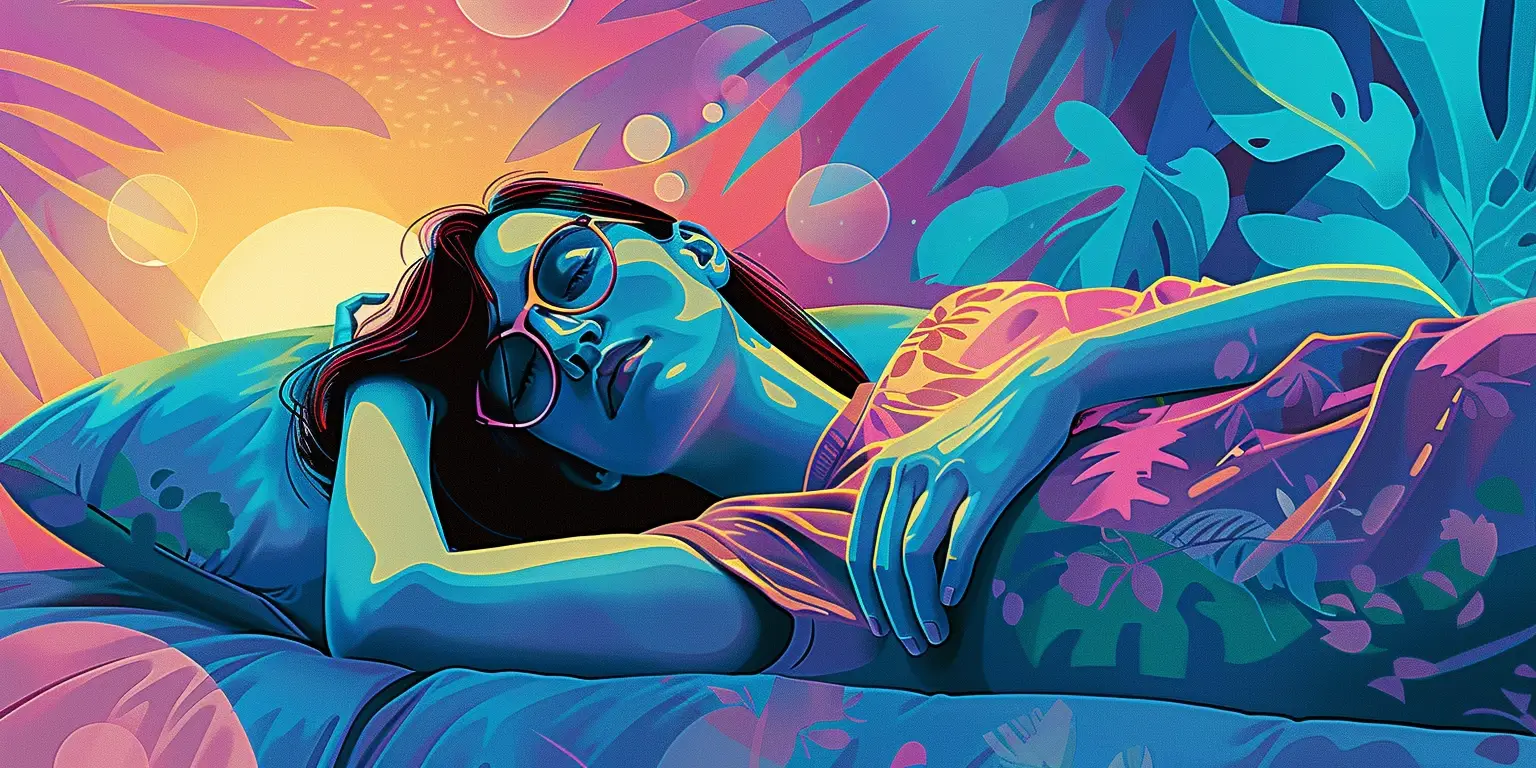
 Jason Najum
Jason Najum